Silk Snapper
The silk or “yellow eye” snapper is a common, middle-sized typical snapper of some of the warmer, deeper ocean waters.
View 3 listings
3
listings
–
price starting from
3
countries
–
to the nearest trip
Where and When?
Silk snapper are generally a very deep-water, offshore species found in the western Atlantic ocean from North Carolina southwards to Sao Paulo in Brazil. They are said to be most common in the Bahamas and around Bermuda, but, they are also found throughout the Caribbean Sea and suitable areas of the Gulf of Mexico. They can be found in waters from 9-450 meters (30 -1 476 ft.), but, during darkness, they generally move into shallower areas to feed.
In most waters they are usually located fairly far offshore and most feeding seems to be carried out close to the substrate which is usually hard rock or gravel. There appears to be a seasonal movement into the cooler areas of their range in summer, but, this could also reflect less enthusiastic feeding. The best times of year are thus, however, the summer months in the higher latitudes and all year round in warmer areas. Adults are mostly found near the edge of the continental shelf, while smaller specimens are often caught closer to the shore.
About Silk Snapper
The silk snapper, Lutjanus vivanus, is a laterally compressed, fairly long bodied, thinnish snapper with a sharp shaped snout. Its dominant colour above is pink, though sometimes reddish. It is graded down the sides to lighter colours and finally to a silvery flank with fine yellow lines running along it. The easiest way to distinguish it from species like the red snapper, is by its vivid yellow iris. Its’ under jaw protrudes beyond the upper jaw and the mouth is large. It contains one or two rows of sharp, conical teeth on each jaw.
They are medium sized fish, attaining 83 cm. (2.7 ft..), but, they are more commonly caught around 45 cm. (1.5 ft.) and a greatest mass of about 8.3 kg. (18.3 lbs.). They are generally a benthic species, staying close to the ocean floor, where they predate on any suitable prey, including small fish and invertebrates such as shrimps, gastropods, molluscs, squid and tunicates. In warmer waters they spawn throughout the year but in cooler areas spawning takes place in the summer months.
How to Catch?
Silk snappers inhabit deep offshore waters, and most fishing for the fairly abundant and apparently good tasting fish is commercial; targeted recreational fishing would require a disproportionate investment in equipment, effort, and time. Most “recreationally” caught silk snappers are probably landed by chance, among a fairly large number of species caught from offshore, deep-water charters operating from Florida, the Bahamas and in the Caribbean Sea. They are, however, one of the more popular species caught on these trips due to their palatability and strong fighting qualities.
The best way to catch silk snappers is to use medium tackle and natural baits - pieces of fish, such as mullet or mackerel, or invertebrates such as shrimps or squid on a single hook. Care should be taken when setting the bait on the hook as, if the hook is exposed, silk snappers rarely bite. The general limit is ten “snappers”, but there is no size limit. Each recreational boat fishing for silk snappers should have a “descending device” to take released fish down to where they can possibly recover from the barotrauma from which they will probably suffer.
Listing Types
Similar Species
 Black Snapper
4 offers
Black Snapper
4 offers
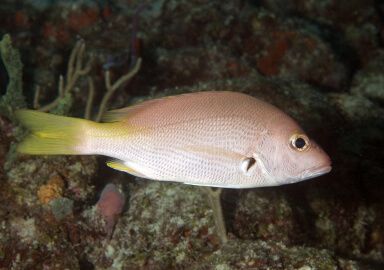 Blackfin Snapper
2 offers
Blackfin Snapper
2 offers
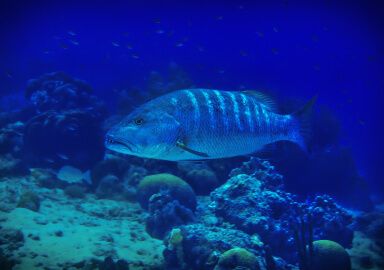 Cubera Snapper
30 offers
Cubera Snapper
30 offers
 Gray Snapper
5 offers
Gray Snapper
5 offers
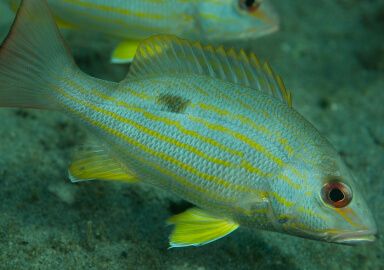 Lane Snapper
14 offers
Lane Snapper
14 offers
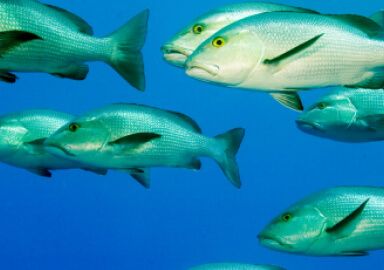 Mangrove Snapper
42 offers
Mangrove Snapper
42 offers
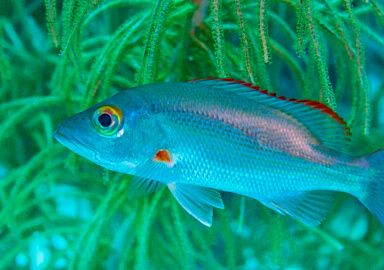 Mohogany Snapper
1 offer
Mohogany Snapper
1 offer
 Mullet Snapper
6 offers
Mullet Snapper
6 offers
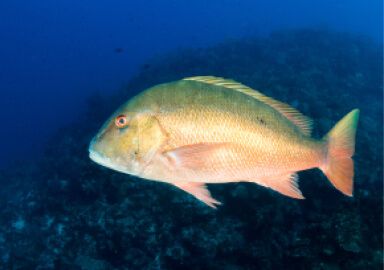 Mutton Snapper
22 offers
Mutton Snapper
22 offers
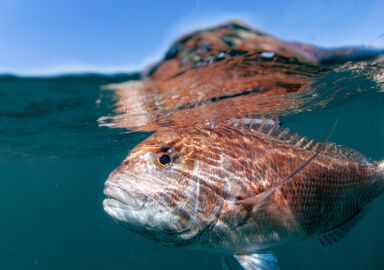 Pink Snapper
2 offers
Pink Snapper
2 offers
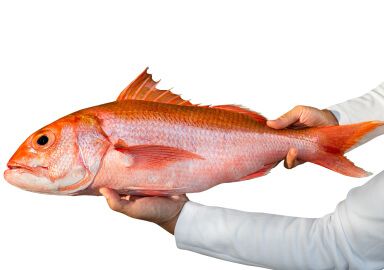 Queen Snapper
6 offers
Queen Snapper
6 offers
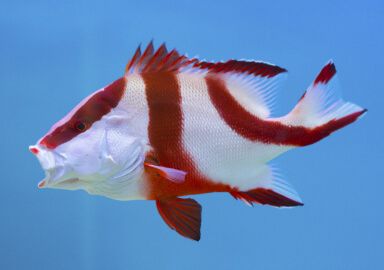 Red Emperor Snapper
7 offers
Red Emperor Snapper
7 offers
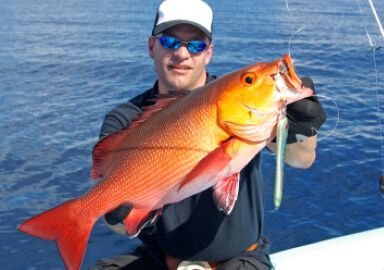 Red Snapper
99 offers
Red Snapper
99 offers
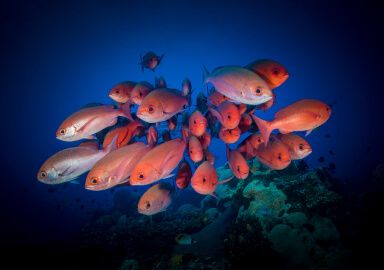 Short-Tail Red Snapper
1 offer
Short-Tail Red Snapper
1 offer
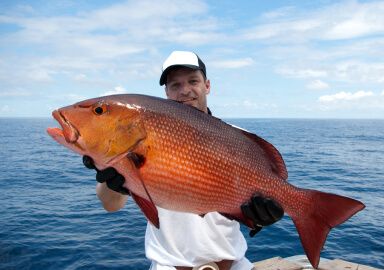 Snapper
276 offers
Snapper
276 offers
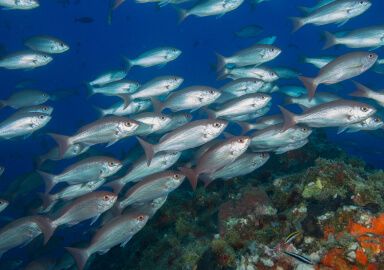 Vermilion Snapper
13 offers
Vermilion Snapper
13 offers
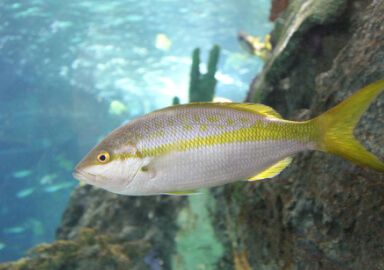 Yellowtail Snapper
24 offers
Yellowtail Snapper
24 offers







